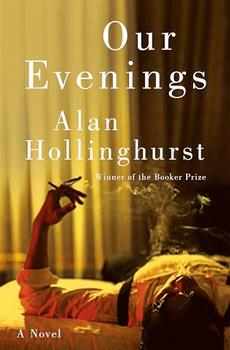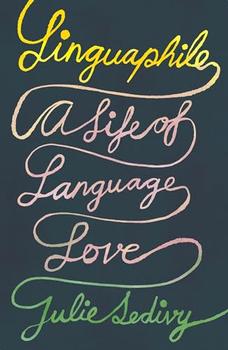Summary | Excerpt | Reviews | Readalikes | Genres & Themes | Author Bio

The Marvelous History of Our Alphabet From A to Z
by David SacksPreface
This book attempts a voyage of discovery among the letters of the alphabet. Like islands of an archipelago, the 26 letters will be visited and explored, one at a time. Each island's geography and local lore will be examined briefly, also its relationship to other islands in the navigational stream. Some islands may prove more lush or lofty than others. But any one will yield substantial mental nourishment to visitors, along with glorious vistas onto language, literature, and history of the past 4,000 years.
Where do our letters come from? How did they get their shapes, their assigned sounds, their sequence, immortalized in our "Alphabet Song"? Why do we use "Roman" letters for English–also for Spanish, Czech, Turkish, Swahili, Vietnamese, and many others–while some languages (Russian, Greek, Arabic, Hindi, etc.) use different types of letters? What is a letter, exactly? What's an alphabet? These are among questions to be answered with authority and zest.
And smaller questions, perhaps more intriguing. Why is X the unknown? What is The Story of O? Where did Irish rock band U2 get its name? Why does "mother" start with M? What's Q's source of pride? Which two letters came last to the alphabet? (Answer: J and V.) Why is Z called "zee" in the United States but "zed" in Britain and other Commonwealth countries? Which animal did A originally symbolize? (An ox: the A's legs were horns, pointing upward, 3,000 years ago.)
Every letter has its own chapter here. Typically, the chapter briefly explains the letter's origin in ancient Near Eastern alphabets, including the Phoenician alphabet of 1000 B.C. (In this aspect, the book has benefited from a spectacular archaeological discovery made public in A.D. 1999 that placed the alphabet's invention in Egypt, sometime around 2000 B.C.) Each chapter traces its letter's history through ancient Greece and Rome, medieval England, and subsequent stages, and discusses the letter's noteworthy roles in literature, traditional iconography, modern marketing and pop culture, and other categories. V for Victory. Presidential "Dubya" (W). Xbox, X-Files, X-Men.
Each chapter tries, where possible, to find the letter's single chief significance for modern readers–its "personality," as expressed through speech or visual media. For instance, letter A means quality. B is forever second best. C is inconsistent in sound: Its troubles with commitment stem from an unstable childhood. O's shape can be highly inviting. S is the letter of the serpent, whether for evil or for nature. N needs your nose for pronunciation. And H, phonetically, barely qualifies as a letter at all.
Beyond the letters themselves, this book is partly about languages: English first of all, but also Latin, Greek, ancient Semitic tongues (of which Hebrew is the closest modern equivalent), medieval and modern French and other Romance tongues, and German, all relevant to the story of our 26 letters. While I don't speak every one of those languages, I have background in a few and have strived for accuracy in research.
The book uses language topics as the key to explaining the alphabet. Letters are images of language: They were invented, around 2000 B.C., to show tiny sounds of speech. Letters, when combined correctly, re-create the sounds of words (whether in English, ancient Greek, Arabic, Russian, etc.). If you take the spoken tongue as your starting point–any language outside of a test tube was spoken long before it began to be written–and you picture an alphabet being fitted to the language, like clothing, amid adjustments, then the history and meaning of the letters become suddenly clearer.
Some books on the alphabet have viewed the letters primarily as items of visual design. Visual, indeed handsome, they surely are. But that approach makes it tough to explain how a letter got its sound(s), especially regarding irregularities. Why does C go soft in pronunciation before E, I, or Y? Why does J mean the sound "j" in English but "h" in Spanish and "y" in German? Such questions are easier to answer if you begin with the language sounds, not the written symbols.
Excerpted from Letter Perfect (originally published as Language Visible in hardcover) by David Sacks (pages vii-xii from the preface). Copyright© 2004 by David Sacks. Excerpted by permission of Broadway, a division of Random House, Inc. All rights reserved. No part of this excerpt may be reproduced or reprinted without permission in writing from the publisher.




Show me the books he loves and I shall know the man...
Click Here to find out who said this, as well as discovering other famous literary quotes!
Your guide toexceptional books
BookBrowse seeks out and recommends the best in contemporary fiction and nonfiction—books that not only engage and entertain but also deepen our understanding of ourselves and the world around us.